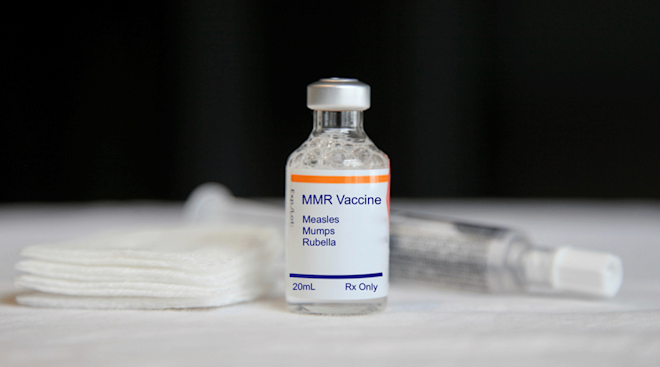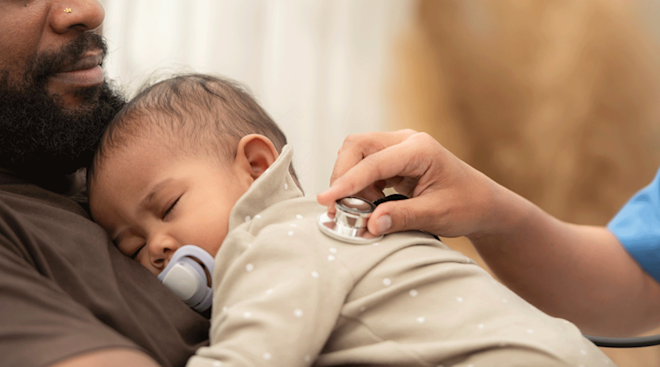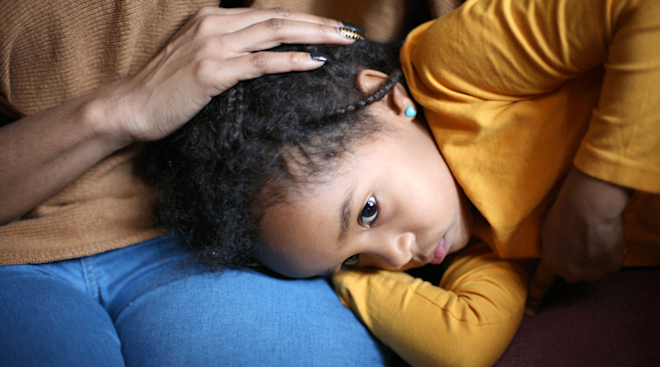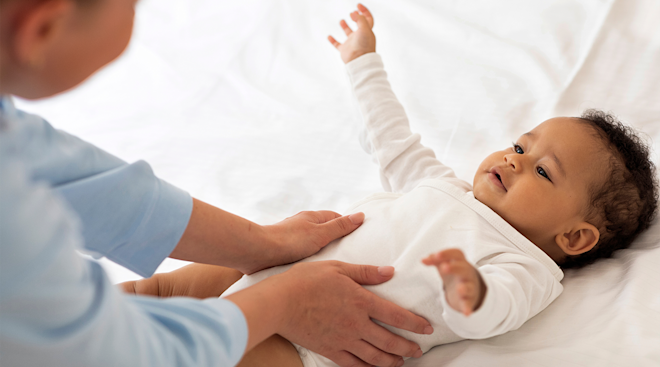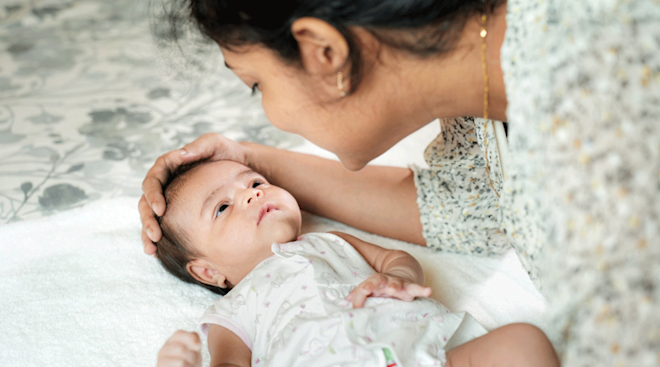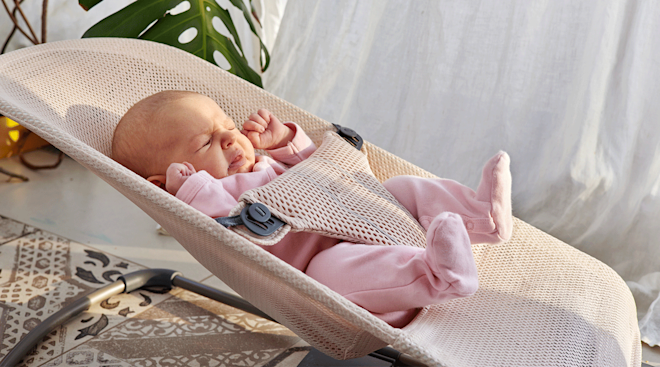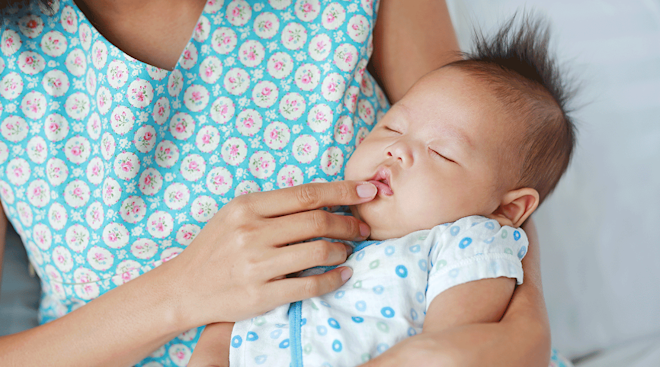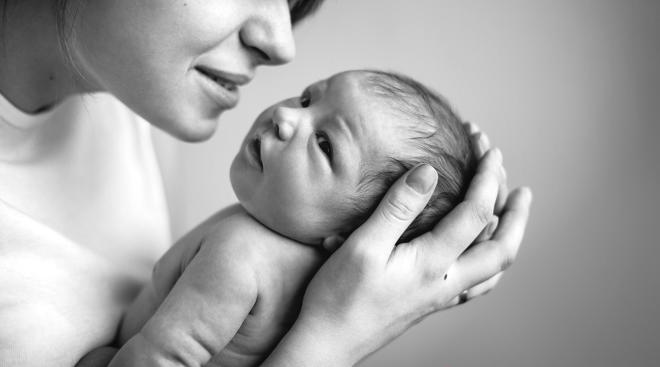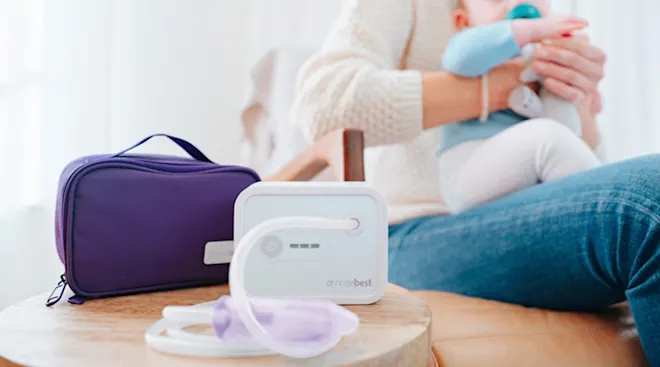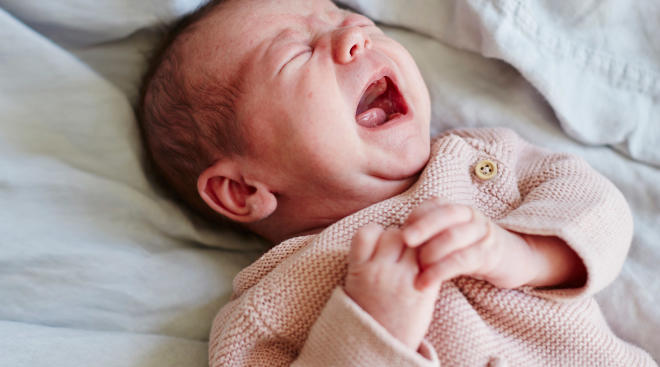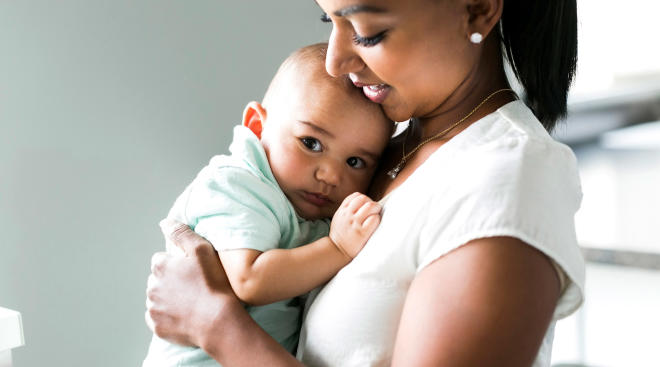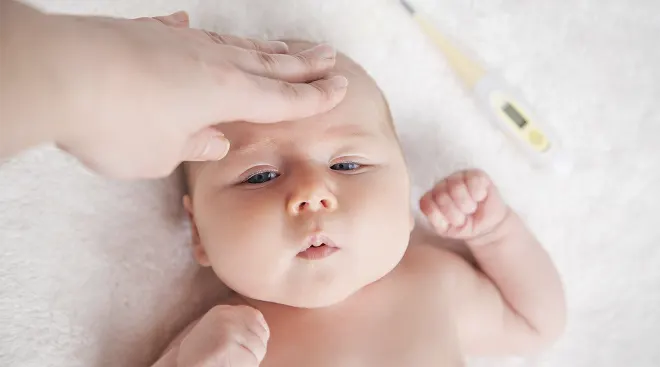Common Signs Baby Has Gas Pain—and What to Do to Help
Gas is a normal part of a healthy digestive system—for babies and adults. However, there are times baby might experience excessive or uncomfortable gas. “Often it is hard to tell exactly why a baby is uncomfortable,” notes Jenna Wheeler, MD, a pediatric critical care physician with Orlando Health Arnold Palmer Hospital for Children. (Translation: Sometimes babies cry for seemingly no reason at all.) So how do you know when gas pain is the culprit? Here are the most common clues to look for, plus expert tips for easing baby’s pain.
While it might be tricky to figure out exactly what’s ailing your little one, Wheeler explains that you can look for some specific signals to know if they are experiencing discomfort from gas. Keep an eye out for:
- Increased fussiness
- Drawing their legs up and crying
- Being more wiggly than normal
- Clenching their fists and arching their backs
- Their belly appearing rounder and not as squishy
- Not feeding well
- Increased burping, grunting or tummy gurgles
- Red face when crying, like they are straining to pass gas or stool
Baby may also be experiencing gas pain if you notice they’re crying or fussy after a feeding. “Because babies are learning how to nurse or drink from a bottle, they tend to gulp their milk, swallowing more air than they need,” says Erika Gray, PharmD, a pharmacist with two decades of experience. “As a result, they can experience higher levels of gas in their first 2–3 months of life.”
Along with consulting a pediatrician to ensure there’s nothing else going on to account for their discomfort, Wheeler suggests these three options for relieving gas pain.
1. Movement
Try helping to physically move the gas in your baby’s stomach. “Movement is great for gas relief,” Wheeler says. Tummy time can help, as well as trying simple moves, like gently bicycling baby’s legs and gently rubbing their tummy clockwise to help move the air.
2. Feeding Changes
As Gray pointed out, gas can be especially common in newborns as they are still learning how to eat. Additionally, she explains that when babies first experience gas, it can feel very uncomfortable and unfamiliar. “Since babies are not used to the feeling of bloating or gas, they need help releasing the gas bubbles through burping,” she notes.
To counteract gas accumulation—and discomfort—while eating, Wheeler suggests feeding babies in a more upright position and making sure to frequently burp them during feeds, not just after. If you’re bottle feeding, it might also be helpful to try different types of nipples or anti-colic bottles to decrease gas. If you’re breastfeeding, try tracking your meals to see if there is any link between the foods you’re eating and increased discomfort in your baby.
3. Gas Drops
Wheeler says that gas drops like Mylicon® can also be used to help provide relief. “Gas drops are safe and approved, even in newborns, as long as they are used correctly,” she adds. These products are available over-the-counter and the active ingredient, simethicone, can help by affecting trapped bubbles in the intestines, without absorbing into baby’s bloodstream. “These drops decrease the surface tension of the gas bubbles, creating larger gas bubbles,” Gray says. “This helps decrease the pressure (which causes discomfort) and allows babies to pass gas more easily.”
Product to try:
Mylicon is the #1 pediatrician-recommended brand that helps baby naturally relieve gas and discomfort. The Dye Free drops do not contain unnecessary additives such as gluten, alcohol, sugar or artificial flavors and are safe to use with every feeding, up to 12 times per day.
Infants’ Mylicon Dye Free Infant Gas Drops: Mylicon.com
One note: If you want to try this approach, it’s important to ensure you purchase gas drops, not gripe water. “Just to clarify, they are not the same,” says Wheeler. Gripe water is not reviewed or approved by the FDA to treat infant gas.
Wheeler encourages parents to always consult their pediatrician about any ongoing or new symptoms baby is experiencing. She notes that if you see any of the following, you should seek medical attention right away:
- If baby is fussy and not able to be consoled
- If their belly gets distended (swollen) and becomes firm
- If baby stops pooping or begins having blood in their poop
- If baby stops feeding or vomits with every feeding
- If baby is difficult to wake up
Additionally, if you use gas drops for baby but see ongoing signs of discomfort, pain or fussiness, it might be a good idea to schedule a check-up, just in case. “If your baby does not seem to have improved with the drops, contact your pediatrician,” adds Gray.
Please note: The Bump and the materials and information it contains are not intended to, and do not constitute, medical or other health advice or diagnosis and should not be used as such. You should always consult with a qualified physician or health professional about your specific circumstances.
Jenna Wheeler, MD, is a double-board-certified pediatric critical care physician with Orlando Health Arnold Palmer Hospital for Children. She received her medical degree from Wright State University in Dayton, Ohio.
Erika Gray, PharmD, is a UCSF trained pharmacist, educator, national speaker and co-founder and Chief Medical Officer of ToolBox Genomics.
American Academy of Pediatrics, Gas Relief for Babies, January 2025
Navigate forward to interact with the calendar and select a date. Press the question mark key to get the keyboard shortcuts for changing dates.
































